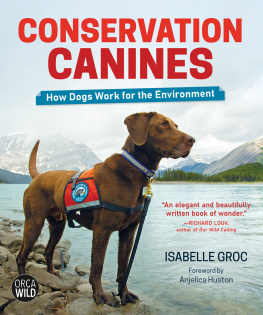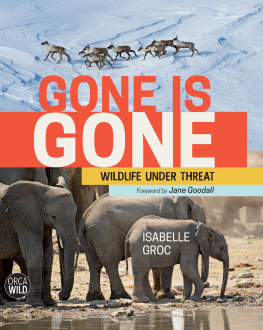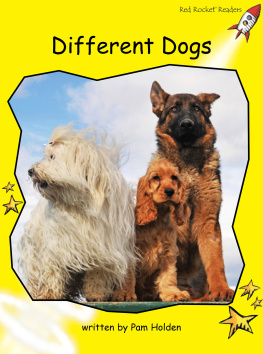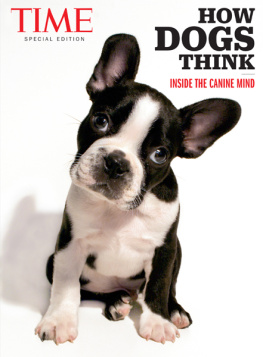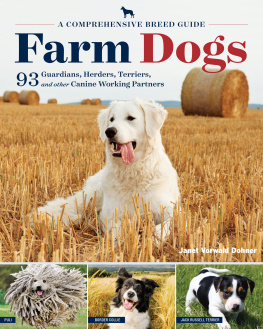I was once walking on a remote beach on Vancouver Island in British Columbia when I encountered a coastal wolf feeding on the shoreline. For a short moment we both stood still, looking into each others eyes. I was taken aback by the mix of emotions I experienced. I was standing in front of a wild animal, yet this wolf seemed strangely familiar, and I felt surprisingly close to it. Its posture and gaze reminded me of our cherished animal companion, the dog. The encounter lasted for only a few minutes, and then the wolf walked away into the forest.
I often recall this encounter when I consider the ancient relationship between humans and wolves. Dogs, our closest friends in the animal kingdom and the ones who support us in so many ways, were once wolves. Dogs came from the wild to live with humans. They are able to communicate with us in ways we rarely experience with other animals. Perhaps because they create a bridge between the human world and the wild, dogs are in the best position to do work that helps us in our interactions with wild animals, whether it is to protect humans and farm animals from predators, understand the natural world or conserve endangered species. The special qualities of our four-legged companions have been acknowledged for thousands of years, and to this day humans are still discovering jobs that dogs can do.
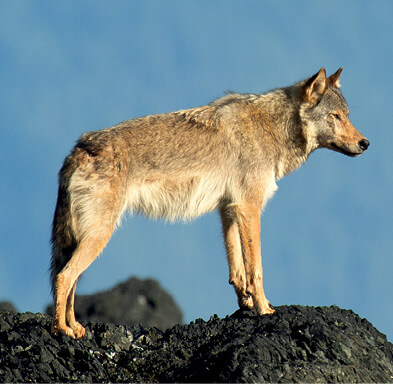
A coastal wolf scans the environment on Vancouver Island, BC.
From Wolf to Dog
A long time ago dogs were wolves, and today the closest living relative of the dog is the gray wolf (Canis lupus). Because dogs and present-day wolves share a common ancestor, they can be viewed as cousins. How and when some wolves became dogs is not known for certain. One theory is that when humans established permanent settlements, their activities produced food waste, which became an easy food source for individual wolves who were not afraid of humans. Over time wolves became used to living with people, and humans began to tolerate them as well. It is also possible that some humans raised wolf cubs. The process of domestication happened over many generations as ancient wolf lineages (a lineage is a group of individuals descending from a common ancestor) adapted to humans, becoming more and more tame. Eventually they had become distinct from their wild ancestors in both behavior and appearance. Meanwhile, the other wolves stayed wild, and these are the wolves that still live in the forests and other habitats today.
Wolf-dog Tundra and her owner, Gary Allan, meet children on a walk on Vancouver Island, BC.
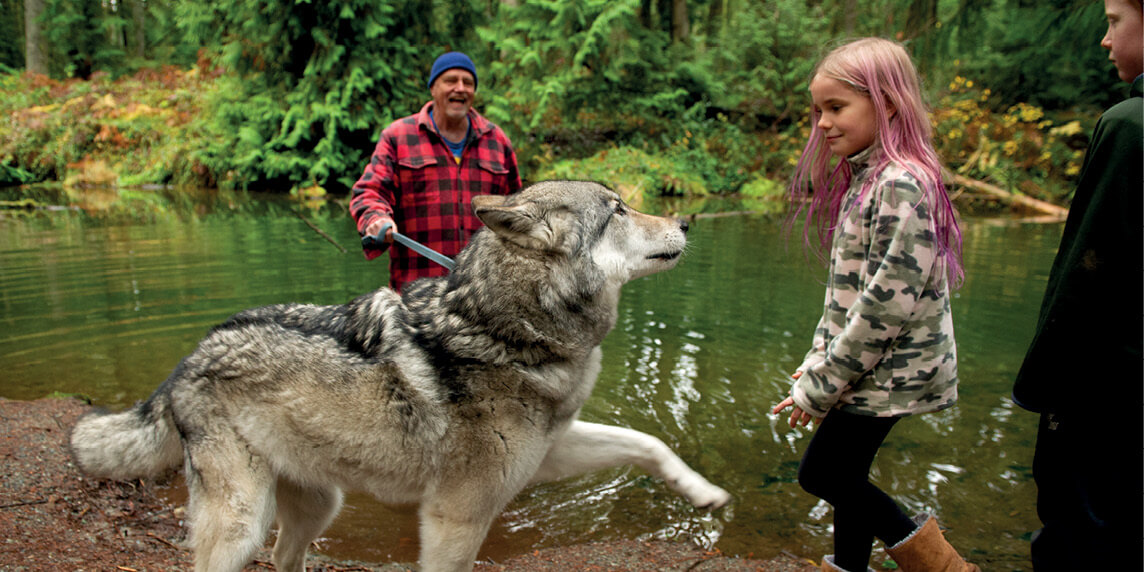
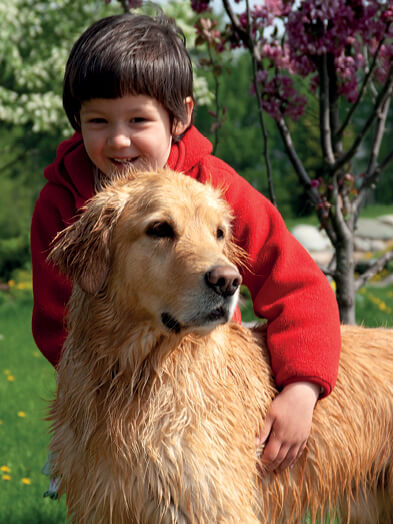
Dogs have been peoples companions for thousands of years.
Dogs were the first domesticated animal, and scientists believe this domestication occurred about 14,000 to 40,000 years ago in Europe or East Asia. Archaeological evidence of canines and humans being buried together 14,000 years ago indicates the close bond that existed between people and dogs even at that time. Modern dog breeds are a product of the last 200 years, and there is now incredible diversity in the animals size, shape and behavior. There are nearly 400 breeds today, and dogs are by far the planets most abundant carnivore , with an estimated population of 900 million.
A WOLF IN DOGS CLOTHING?
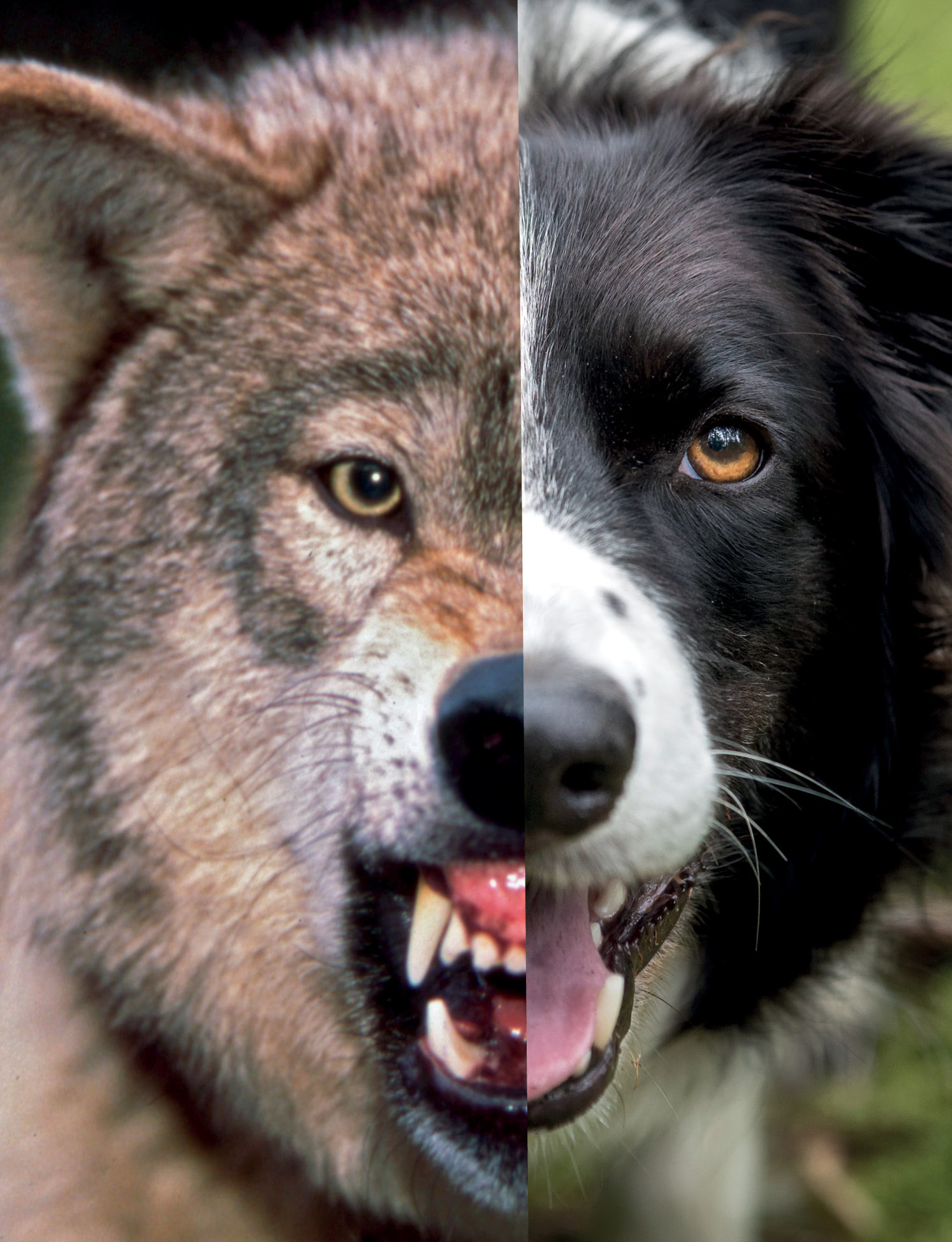
Modern dogs are descendants of wolves.
James Gritz and R A Kearton/Getty Images
During the summer of 2018, locals found the remains of an 18,000-year-old puppy buried in a frozen lump of mud near Yakutsk, a city in eastern Siberia, Russia. Preserved by permafrost, the animals parts were remarkably intact, including its nose, fur, whiskers and teeth. Researchers suggest the animal was just two months old when it died, although they do not know the cause of death. What is intriguing about this discovery is that the scientists who conducted initial DNA tests were not able to define the puppy as a wolf, dog or wolf-dog, which shows there is still much to learn about the origin of dogs. Further tests might provide more insight into exactly when dogs were domesticated. In the meantime, since it has been established that the puppy is a male, the scientists have named him Dogor, which means friend in the Yakut language.
The First Working Dogs
As wolves transformed into dogs, they became closely integrated with humans lives, in more ways than any other animal. People discovered dogs potential as working companions in a variety of environments. Ancient drawings, sculptures and rock carvings dating back 4,000 to 9,000 years suggest that humans used dogs in working roles such as herding , hunting and guarding. In Europe and Asia during this time, dogs helped shepherds protect their goats and sheep from predators such as brown bears, lynxes and gray wolves.
Larane, a Kangal shepherd, watches over a sheep herd on an organic cheese farm in southwest France. Owners Raymonde Etcharry and Alain Domini have nine livestock guardian dogs (Kangals and patous) who help protect their animals from stray dogs and bears.
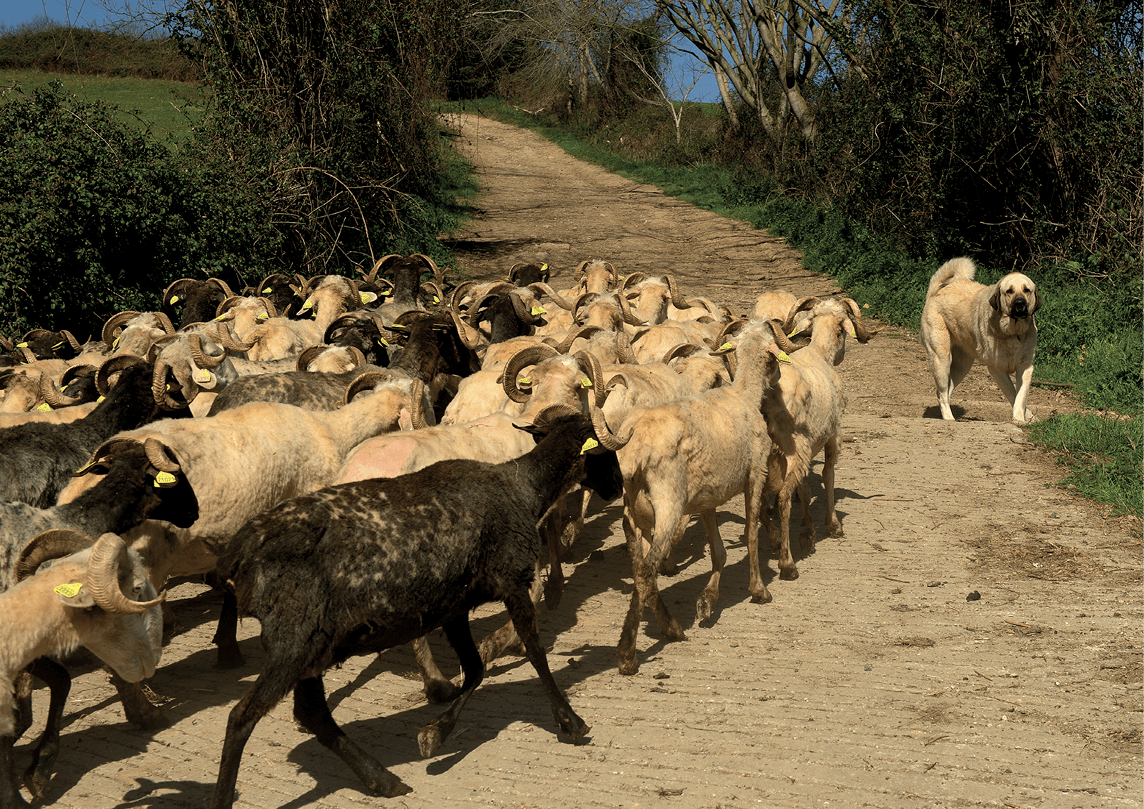
Traditionally, early working canines did not belong to a specific breed. They were village dogs, not owned by anyone in particular, who survived on food leftovers from the villagers. They warned people about potential intrudersin fact, alerting humans to danger was probably the very first job dogs took on. Dogs born in close proximity to livestock became comfortable living among sheep and goats and instinctively watched over them, making sure they were not taken by predators or thieves.
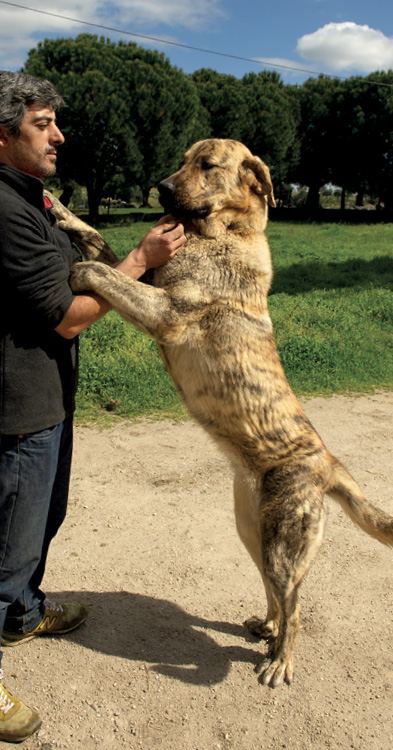
In Central Portugal, a farmer interacts with a Spanish mastiff, a large livestock guardian dog who helps protect sheep against predator attacks.
Dogs accompanied shepherds and flocks to different grazing areas on daily short journeys to a pasture or mountain, or on longer seasonal migrations that could take several months, traveling along valleys and across mountains to get from winter to summer grazing areas, a movement called transhumance . Shepherds selected those dogs with behaviors and physical characteristics that made them good at their jobs, and over time the dogs developed into specific breeds with those attributes. The dogs were often large, with big heads.
The practice of keeping livestock guardian dogs spread into many regions, thanks initially to the migration of nomadic peoples, who traveled with dogs. Today there are approximately 50 recognized breeds of livestock guardian dogs. Most come from Europe and Asia, are specific to a single country or region and are adapted to different environments and the needs of local shepherds. Their colors and hair coats vary, but they have certain qualities in common: in addition to their large size (meant to impress predators), they are trustworthy, protective and attentive to the flock or herd. You will learn more about guarding canines in chapter 2.

